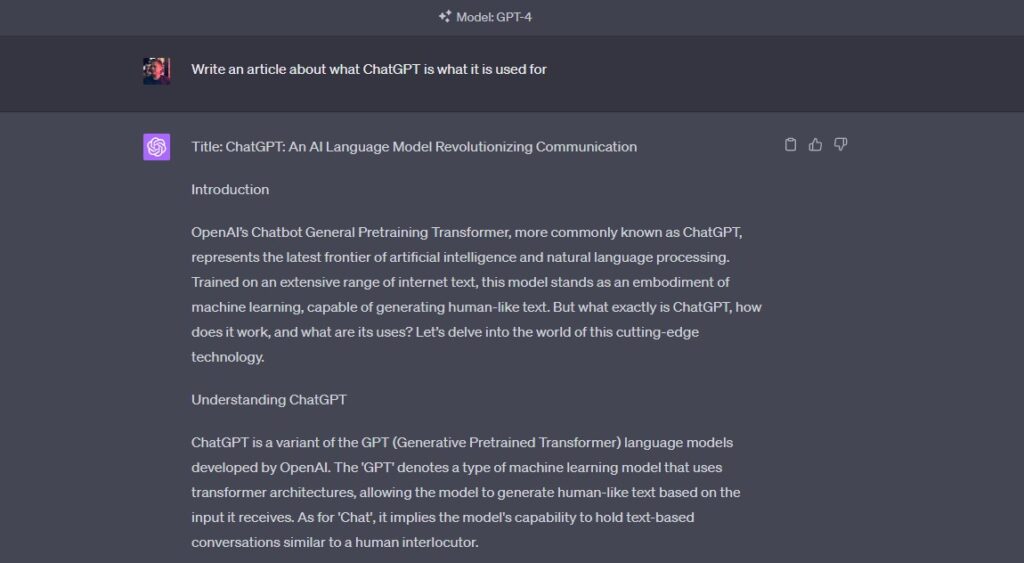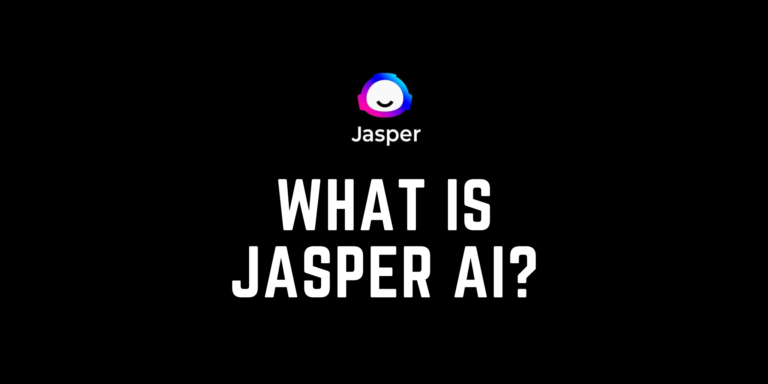What is ChatGPT? The AI-Language Model Revolution

OpenAI’s Chatbot General Pretraining Transformer, more commonly known as ChatGPT, represents the latest frontier of artificial intelligence and natural language processing. Trained on an extensive range of internet text, this model stands as an embodiment of machine learning, capable of generating human-like text. But what exactly is ChatGPT, how does it work, and what are its uses? Let’s delve into the world of this cutting-edge technology.
Understanding ChatGPT
ChatGPT is a variant of the GPT (Generative Pretrained Transformer) language models developed by OpenAI. The ‘GPT’ denotes a type of machine learning model that uses transformer architectures, allowing the model to generate human-like text based on the input it receives. As for ‘Chat’, it implies the model’s capability to hold text-based conversations similar to a human interlocutor.
How Does ChatGPT Work?
The magic of ChatGPT lies in its ability to learn patterns and relationships between words and phrases. This learning process is achieved by training the model on a vast corpus of text data sourced from the internet. During this process, the model learns to predict the next word in a sentence, given all the preceding words. Over time and across billions of sentences, this simple task allows ChatGPT to understand intricate language structures, nuances, and even some cultural context.
However, it’s essential to understand that ChatGPT doesn’t have beliefs, opinions, consciousness, or understanding in a human sense. It does not access or store personal data unless explicitly provided in the conversation, respecting user privacy. Its responses are generated based on patterns it learned during its training and does not have access to real-time internet data or updates post its training cut-off, which in this case, is September 2021.
Uses of ChatGPT
As an AI language model, ChatGPT has a multitude of applications across diverse sectors:
- Education: ChatGPT can be a tutor in various subjects, providing explanations, offering practice questions, and even offering feedback on student responses.
- Content Creation: From writing essays, articles, blog posts, to creating poetry, and stories, ChatGPT can assist or fully automate the content creation process.
- Business: It can be used in customer service to automate responses, in HR for candidate screening, or as an assistant generating reports and presentations.
- Entertainment: ChatGPT can be used to create engaging conversational agents in video games, write dialogues for movies or plays, or even generate ideas for plotlines.
- Personal Assistant: It can be used as a virtual assistant, helping with scheduling, providing reminders, or answering queries.
Limitations and Ethical Considerations
While ChatGPT is a powerful tool, it has its limitations. The model may sometimes write incorrect or nonsensical responses. It can be sensitive to the input phrasing and may generate different responses for slightly rephrased queries. Also, it tends to be excessively verbose and overuses certain phrases.
From an ethical perspective, OpenAI has implemented guidelines to make the model refuse inappropriate requests, but it’s not always perfect. The aim is to make AI benefits accessible to all while minimizing harmful use or undue concentration of power.
Conclusion
ChatGPT represents a significant advancement in artificial intelligence and natural language processing. While it is not without its limitations, its potential applications across various sectors make it a powerful tool in the AI repertoire. As AI continues to evolve, the role of models like ChatGPT will undoubtedly become more significant, helping to automate tasks, provide assistance, and drive innovation.
Remarks by Florian
Case in point: To show how advanced language processing models are, I generated the entire article with ChatGPT. I used the following very simple prompt:
Write an article about what ChatGPT is what it is used for



